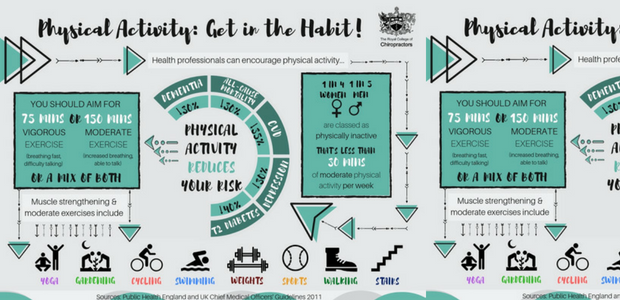When you go through soft Tissue therapy, you could locate it remarkably uncomfortable. This discomfort arises as stress is applied to strained muscular tissues and damaged cells, causing your discomfort receptors. While it can really feel stressful in the moment, there's a reason behind this experience. Comprehending what occurs in your body during these treatments can aid you value the procedure. So, exactly what is going on below the surface area?
The Physiology of Pain Throughout Soft Tissue Therapy
When you undergo soft Tissue treatment, your body's response to pain is a complicated interplay of physiological processes. As the specialist applies pressure, your body triggers discomfort receptors, sending out signals to your mind. This activates the release of neurotransmitters, such as substance P and glutamate, which intensify the experience of pain.
Your muscular tissues may additionally tense up in feedback, further making complex the experience. Additionally, your body may release endorphins, natural pain relievers that can help alleviate some discomfort.
The communication in between these processes can produce a distinct experience for each individual. Comprehending this physical response helps you navigate the experiences throughout therapy, allowing you to appreciate the balance in between discomfort and the possibility for recovery advantages.
The Duty of Discomfort in the Recovery Process
Although discomfort during soft Tissue therapy can really feel overwhelming, it plays a vital function in the healing procedure. When you experience discomfort, your body is indicating that it's functioning to repair broken cells. This action assists increase blood flow to the damaged area, supplying important nutrients and oxygen needed for healing.
Additionally, discomfort can promote the release of endorphins, your body's all-natural pain relievers, creating a sense of alleviation post-treatment. Accepting this pain can assist you comprehend your body's restrictions and urge you to address underlying problems.
While it's uncomfortable currently, this procedure is important for long-term healing and enhanced function. Recognizing achy after massage as an essential part of recovery can encourage you to remain dedicated to your treatment.
Tips for Managing Pain Throughout and After Treatment
Taking care of discomfort throughout and after soft Tissue therapy can considerably boost your total experience and recuperation.
To begin, communicate freely with your specialist concerning your discomfort degrees; they can change techniques appropriately. Making use of deep breathing methods can also help you unwind and relieve pain.
Think about using ice to the treated location post-session to lower swelling and numb discomfort. Remaining moisturized aids in the recovery procedure, so consume alcohol lots of water.
bioperine black pepper extract stretching and light motion after treatment can advertise blood circulation and convenience stiffness. Last but not least, ensure you obtain appropriate remainder to allow your body to heal.
Implementing these suggestions can make your soft Tissue therapy much more manageable and delightful.
Conclusion
Finally, while soft Tissue treatment can be unpleasant, it's critical to identify that this discomfort plays an essential duty in your healing journey. By recognizing the physical actions at play, you can approach the therapy with an extra favorable way of thinking. Bear in mind, the first discomfort often gives way to relief as your body releases endorphins. Welcome the process, and don't wait to utilize the tips for managing pain to improve your experience and recovery.
